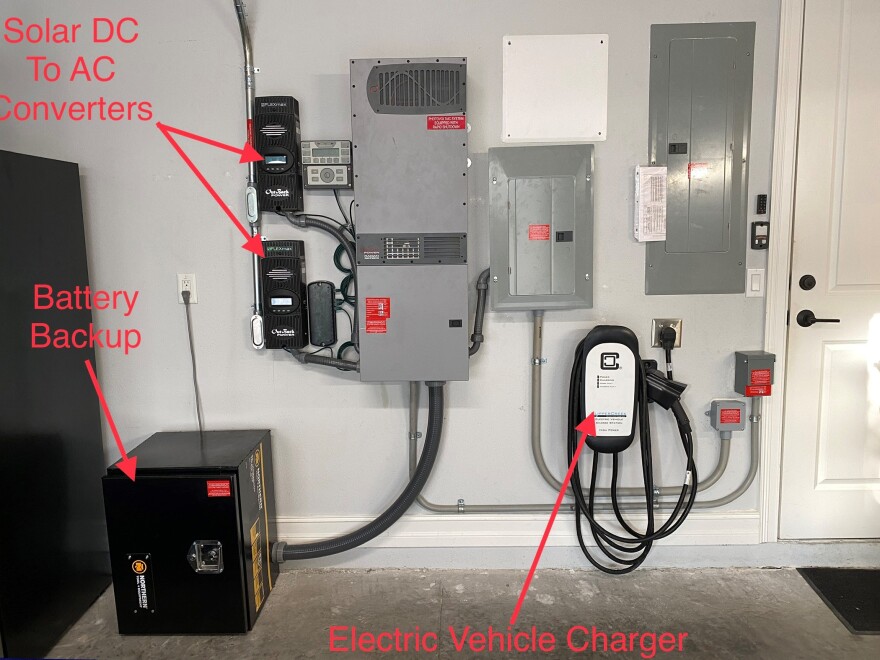Florida has clusters of homeowners joining forces to sign up for solar power.
Solar United Neighbors, or SUN, is a national nonprofit that brings people together through "solar co-ops."
"If you thought about your interest in going solar and shopping around with different installers, this simplifies the project by bringing in education and information about solar technology, and a competitive bid process that gets some great pricing and equipment by a group of solar homeowners going together," said Julia Herbst, the Gulf Coast program coordinator for SUN in Florida.

Click here to view how much solar electricity is currently being generated in your area.
Co-ops eliminate a lot of the logistical hassle, but also save homeowners money because installers negotiate a better price with groups. Their rates are on average $2.25 per Watt, which is less than the statewide average of around $2.70 per Watt.
Herbst said their co-ops are free to join, and there's no obligation to purchase. If you decide to, the cost of making your home solar through a co-op could fall anywhere between $9,000 and $27,000, depending on the home size and amount of energy you use, according to SUN.

Of course, not everyone can afford the initial cost, but there are programs available, like the Solar and Energy Loan Fund, which helps underserved communities get financing for sustainable property improvements.
There’s also the Florida Weatherization Assistance Program, which provides grants to fund energy saving repairs to low-income homes.
Ken Wrede, a St. Petersburg homeowner, joined a co-op in 2018 while looking for an environmentally friendly way to save money.
"The more homes that are solar, the less requirement that the energy company has to expand their grid because for every home that you take off of the grid, one more home can go on the grid without additional expansion," said Wrede.
He said the co-op process removed some anxiety because the homework, like technology and vendor information, was done for him.

Tampa Sustainability & Resilience Officer Whit Remer said the SUN co-op initiative compliments the city's efforts to transition its operations to 100% renewable energy.
"We really also need the community to help us come along,” he said. “It's gonna take all of us to reach these really important, but also challenging goals."
The latest co-ops have attracted from 50 new members in Hillsborough County to more than 160 in Pinellas County- residents from both areas have until Friday to sign up. There are also open co-ops in Manatee, Sarasota, Citrus, Orange, Miami-Dade, and Palm Beach counties.




